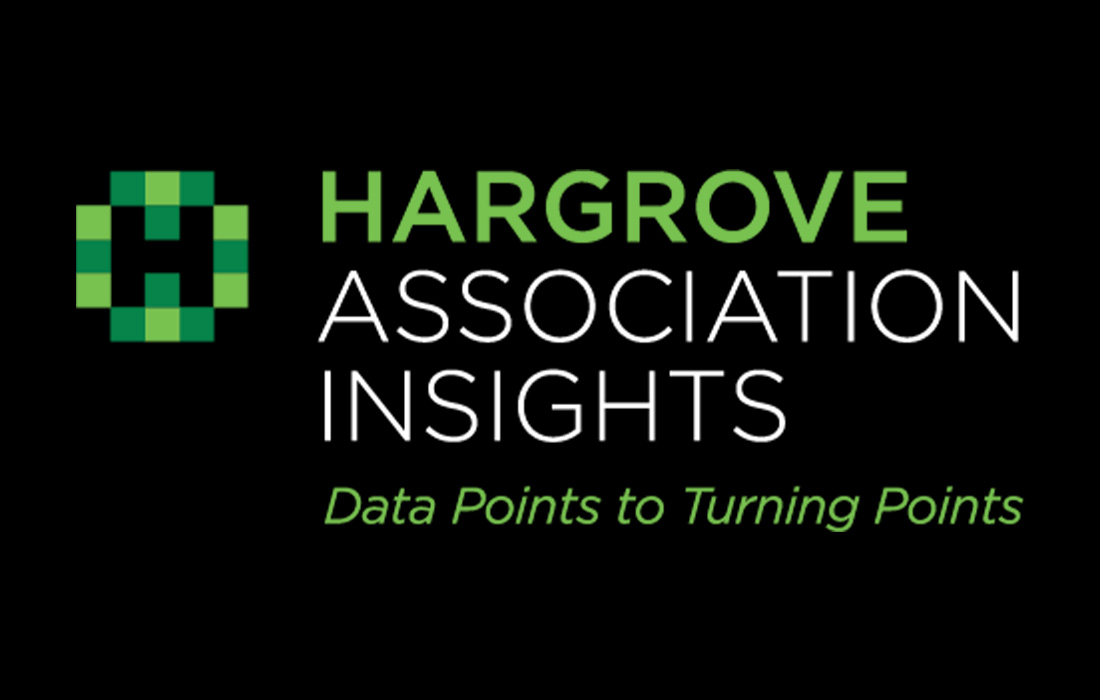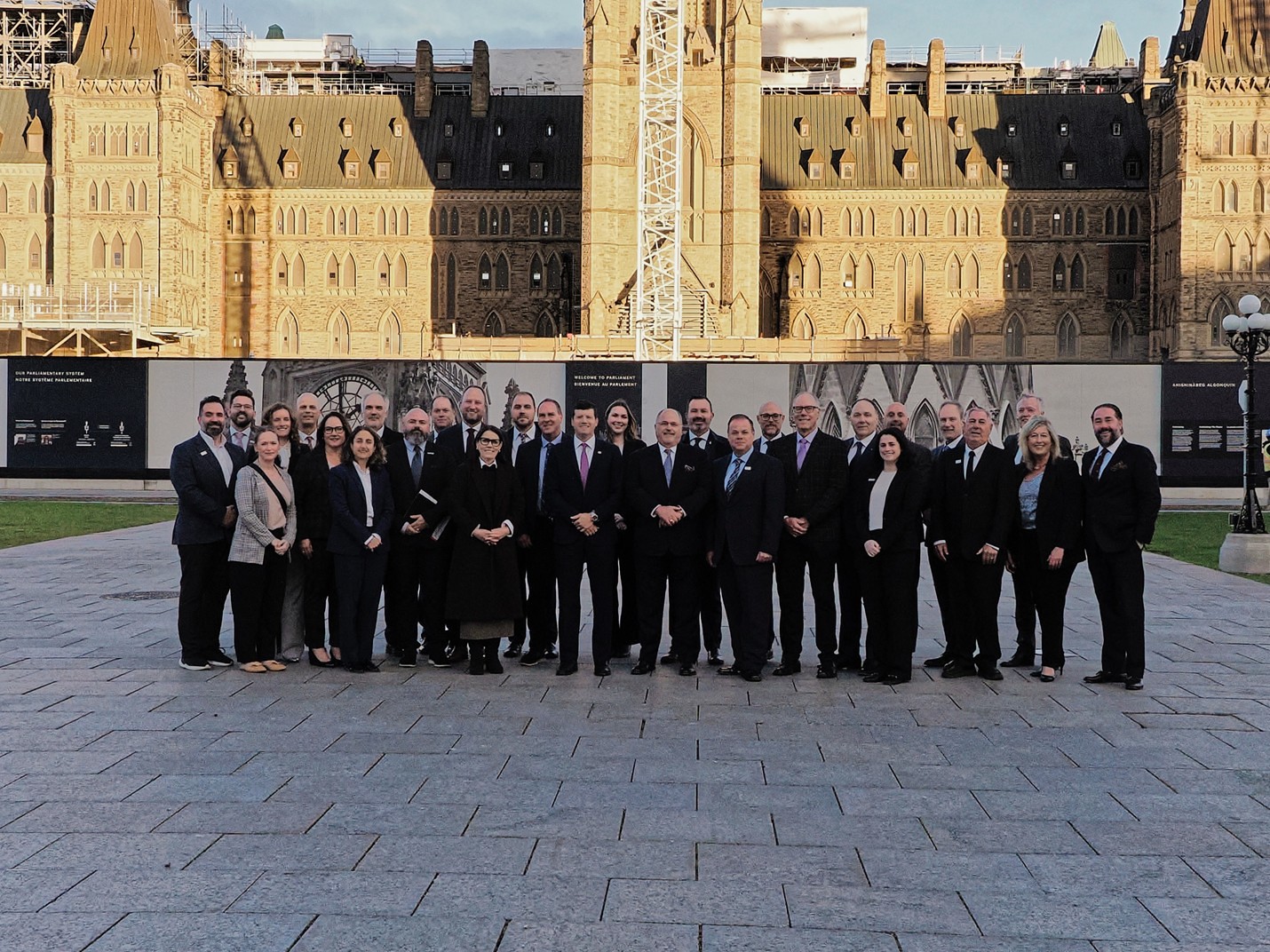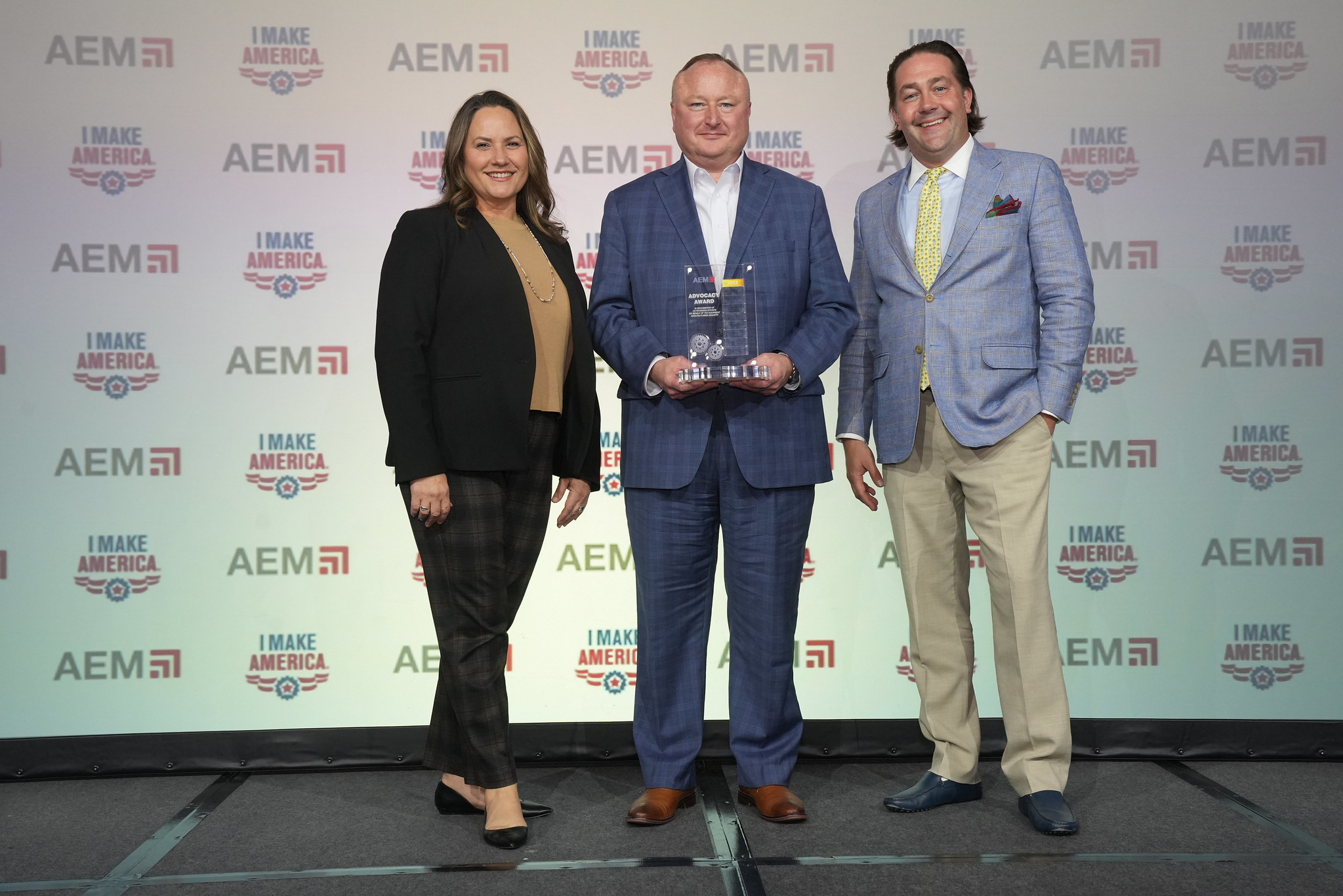By Gregg Wartgow, Special to AEM --
Sourcing, screening, and hiring employees can be a laborious, inefficient, and costly process. Some of today’s proven artificial intelligence (AI) tools can help, but they must be leveraged in the proper way.
“Human resources should look at the recruitment and hiring process from the perspective of two audiences, the candidate and the hiring manager,” said Lindsey Kriete, Managing Director of Workforce Management at AEM member company LAK Group, which provides career coaching to professionals.
Hiring managers want HR to serve up the best candidates as quickly as possible. Candidates want the process to be seamless and convenient.
“When I look at the ideal end-to-end hiring process today, the priority is really around speed of hire, particularly with skilled trades such as welding,” said William Gott, Human Resources Manager at Wood-Mizer, a manufacturer of portable sawmill equipment. “It’s important to get candidates interested as quickly as possible.”
Given the emphasis on speed, Gott believes AI has also become a priority. By integrating AI tools with the HR department’s ATS (applicant tracking system), several tasks at the front end of the workflow can be automated. Gott points to things like applicant screening, scheduling, consent to drug tests and background checks, and even interviewing. Even some of the tedious paperwork-related tasks with onboarding could be automated with the help of AI.
Kriete and Gott shared their expertise on using AI to accelerate and enhance the hiring process during a AEM Member Education Webinar last month. Below are additional highlights from the webinar:
Breaking up the Biggest Bottlenecks
AI automation can help break up many of the bottlenecks that come into play with the traditional hiring workflow. But before that can happen, an HR department must ensure that its tech stack is assembled correctly.
“Integrating the proper tools with your ATS can really make or break your funnel to recruit,” Gott said. “When you remove the things that take a lot of time, it improves speed. I would also argue that it helps improve quality because you can find qualified candidates faster. The best candidates will go toward the companies that respond the quickest because it feels like the companies are chasing them in some regard.”
So, where are those workflow bottlenecks that AI can help break up?
Job posting. Gott said he has retooled the entire hiring process over his five years at Wood-Mizer. Everything starts with the ATS and HRIS (human resources information system). Getting the right requisition form in, gaining approval, and getting a job posted as quickly as possible is essential today. AI automation greatly speeds up the process.
“At the touch of a button, those job postings immediately go out to multiple locations, where we know we have success hiring people from,” Gott said.
Applicant screening. Kriete said the perfect task that can be delegated to AI is the initial screening of applications. AI can filter out the unqualified candidates to remove much of the noise that makes things harder on the HR department. The sooner HR can present the hiring manager with a good list of qualified candidates, the better.
Interview scheduling. According to Gott, one of the biggest bottlenecks is the infamous game of phone tag when attempting to schedule a candidate’s initial interview. As an alternative, AI allows companies to leverage automated text messaging, which Gott said is the preferred method of communication for most candidates today. Of course, automated emails could also be utilized. In either case, the candidate clicks on a link that takes them to a scheduling app to choose an available time slot that also works for them. In some cases, the initial interview itself can be conducted via automation
Initial interview. Automated interviews can be effective, especially for production-type roles where numerous individuals are hired at once. Gott said an effective method is an on-demand phone or video interview tool that’s launched through a link that’s texted or emailed to the candidate. The questions are prerecorded by the company, and the candidate is able to complete the interview at a time that’s most convenient for them. “Additionally, AI transcribes the interview so I can watch it and/or read it at a time that works best for me,” Gott said.
Writing interview questions. HR teams often have canned questions for evergreen positions. But for those more specialized roles, coming up with insightful questions to ask the candidate can be difficult—especially considering how busy the typical HR person is. “In many cases, I’ve found that good ole ChatGPT is awesome at recommending interview questions,” Kriete said.
Making the offer and onboarding. Gott said his HR team continues to leverage AI long beyond the candidate’s initial interview. In fact, a candidate’s AI experience carries through the first three to six months of their employment.
“The moment we’ve decided we want to hire someone, we’ve automated the offer, consent, and background,” Gott said. “We’ve also automated some of the onboarding and orientation. And once the employee has been on board with us, we’ve automated things like reviews and NPS (net promoter score) surveys so they feel like this process of automation is part of our culture. All of these tools are integrated with our HRIS and launch automatically.”
Want to learn more? Participate in AEM’s open Workforce Development Committee Meetings to gain workforce insights and access to expert-led presentations.
Striking the Right Balance
As you can see, AI can play a valuable role throughout the hiring workflow, particularly at the front end. However, Kriete said it’s important to tread cautiously when it comes to some of the back-end processes, particularly when hiring more professional-type positions. Human interaction must continue to play an important role.
“When you’re trying to hire someone, it’s important to convey the culture of the organization,” Kriete said. “There also needs to be some ability for hiring managers, supervisors, and candidates to simply get to know each other.”
This illustrates an important concept. “AI is not separate from the human functions,” said Jeff Fitch, director of global dealer learning at Caterpillar and Chair of AEM’s Workforce Development Committee. “AI is integrated into the process to drive efficiencies so the human functions can be more productive.” Fitch moderated the June 25 webinar with Gott and Kriete.
Chatbots are a shining example of where AI, when implemented incorrectly, can fail in comparison to genuine human interaction.
“Chatbots can be great if the message is compelling and the text is sent to the right audience,” Kriete said. “At the same time, chatbots can be a huge turnoff if the message is long or doesn’t make sense, or is sent to the wrong person. The same can be said about any automated emails. It’s HR’s responsibility to set up their technology in a way that the messaging is clear, concise, and targeted.”
Strengthen your workforce strategy by requesting information on best practices, tools, programs, and resources to help you attract and retain the right talent. Learn more.
Gaining Confidence in the Tools
By properly utilizing chatbots as described above, Gott said his HR team has gained tremendous efficiencies. The time it takes to hire assembly-type roles has been sliced in half.
“It’s not uncommon to post the job, generate applications, and conduct phone interviews all on the first day,” Gott related. “Then we might conduct a physical interview with the top candidates the next day. We’ll often hire a qualified person within a week.”
“If you would have told me a couple years ago that you could hire someone in a week, I would have said that was impossible,” Fitch remarked. “Now we’re starting to see that as a reality.”
HR departments that are still new to AI shouldn’t be intimidated. Having the kind of success Gott and his team at Wood-Mizer have had will not happen overnight. But it can happen.
“It takes commitment and a little upfront work, but you can get there,” Kriete said. “Once that upfront work is done, those automated processes are slick. There will always be hiccups, but the feedback I get from HR teams is that they love it.”
To get started, Gott said HR professionals must commit to learning about the AI tools that are available. He likes a newsletter called Superhuman AI which covers the latest trends and innovations. He also suggests reaching out to some of the individual AI tool providers. Many are still startups, and will often allow companies to test their tool before going all in.
Now’s the time to start testing, because ultimately going all in can greatly accelerate and improve your hiring process.
About AEM Member Education Webinars
AEM members have exclusive access to help them stay on top of emerging issues and trends via member education webinars. Experts break down industry issues and pinpoint critical changes in the landscape to help attendees refine their company’s strategy.
For more information on the upcoming series of member education webinars, contact your Account Success Advisor.





